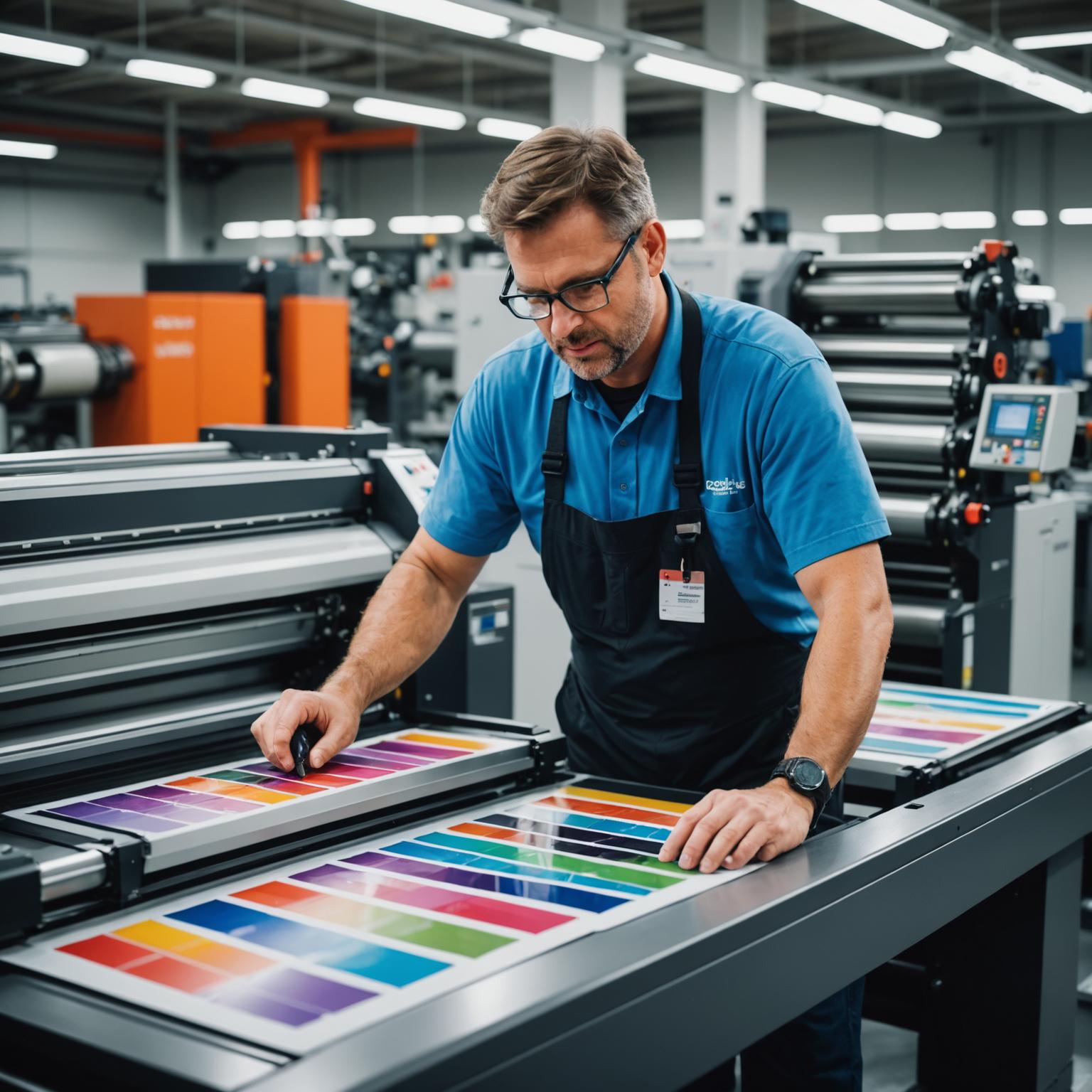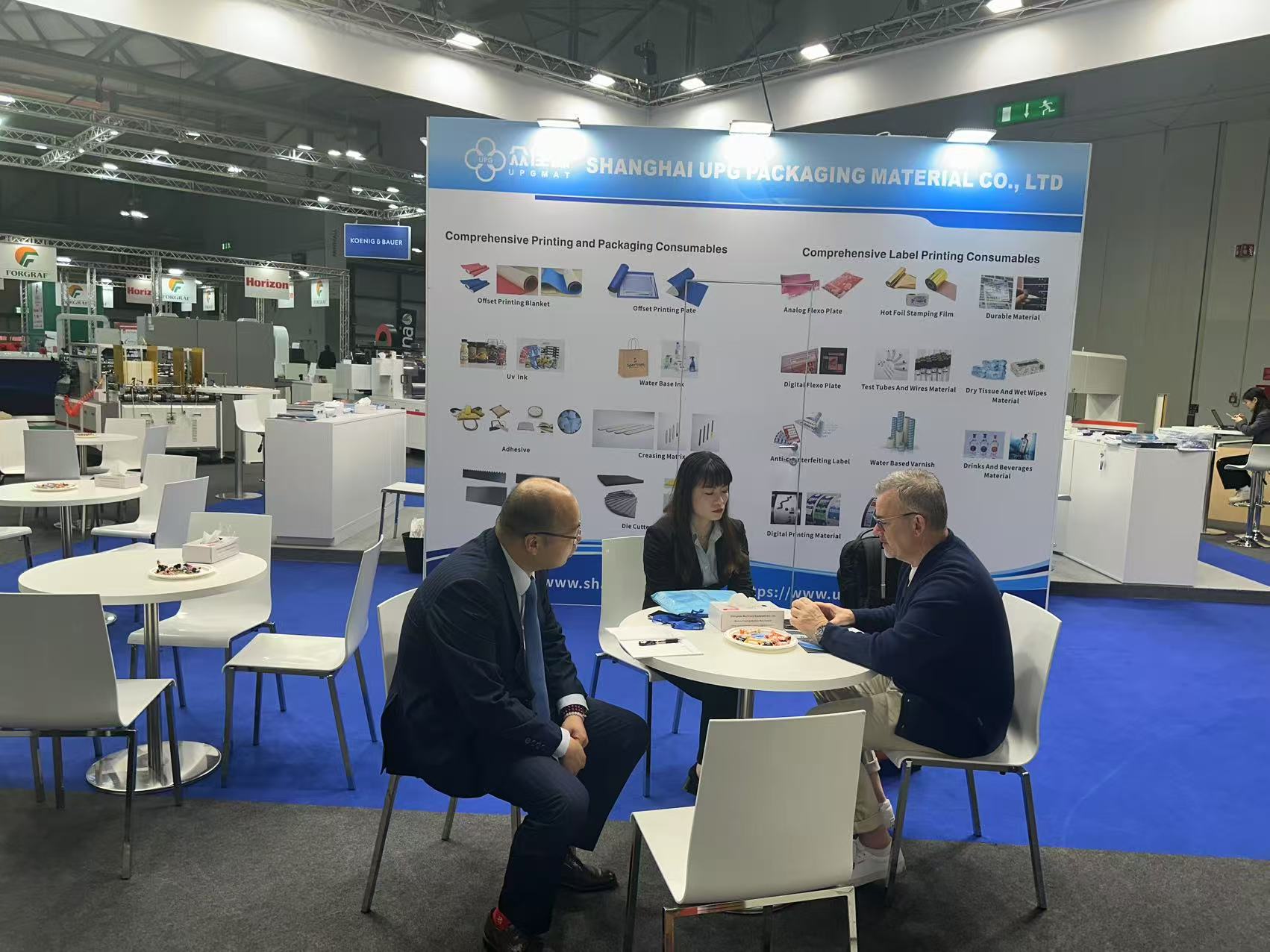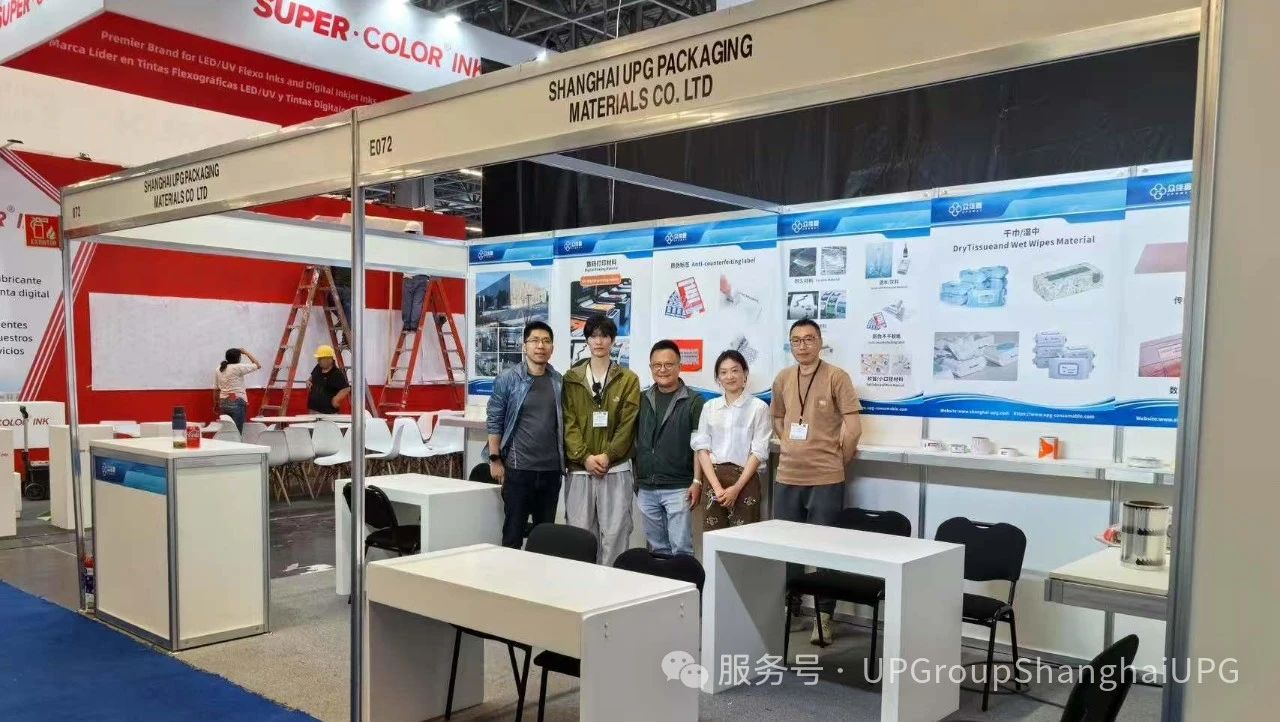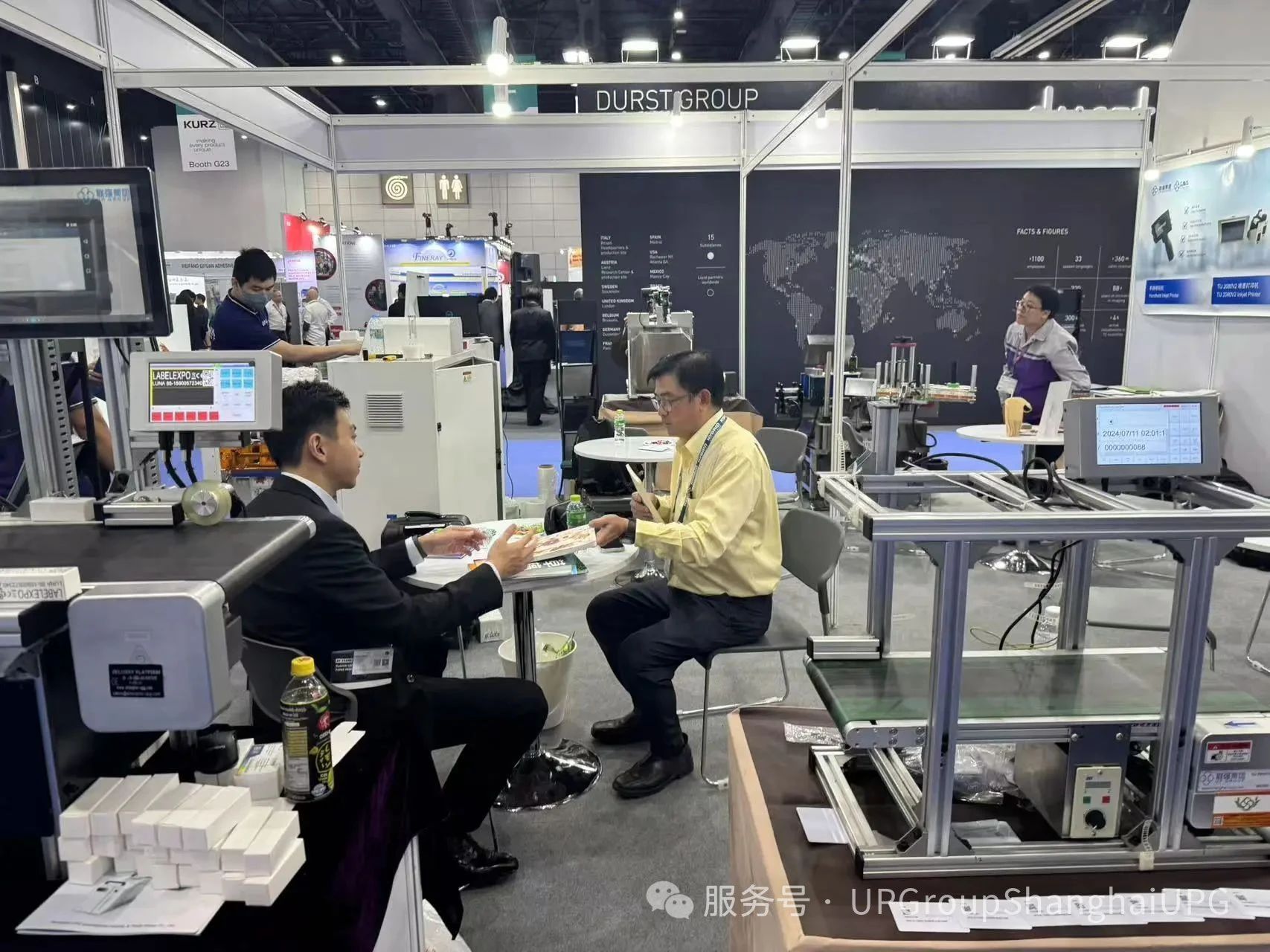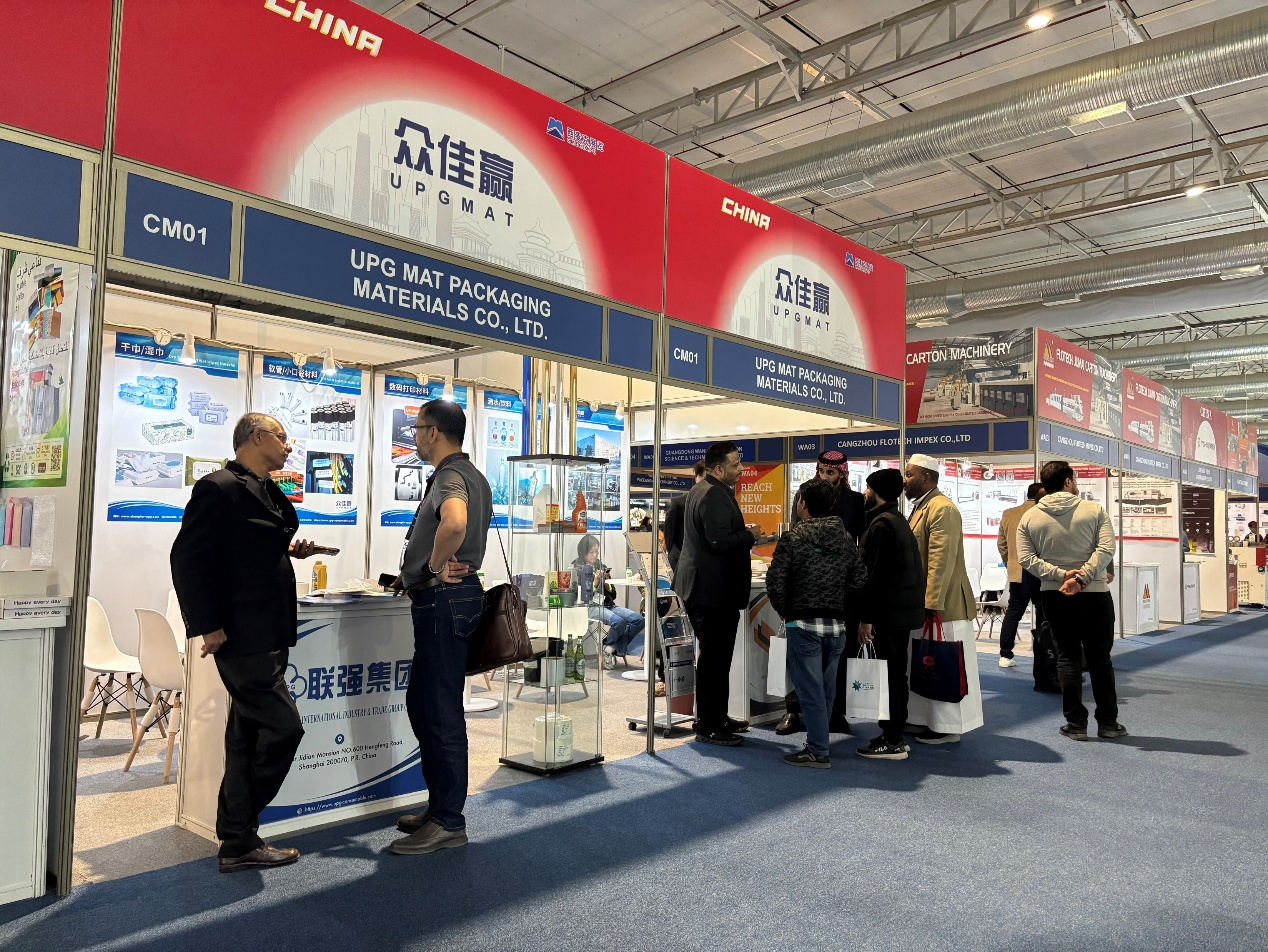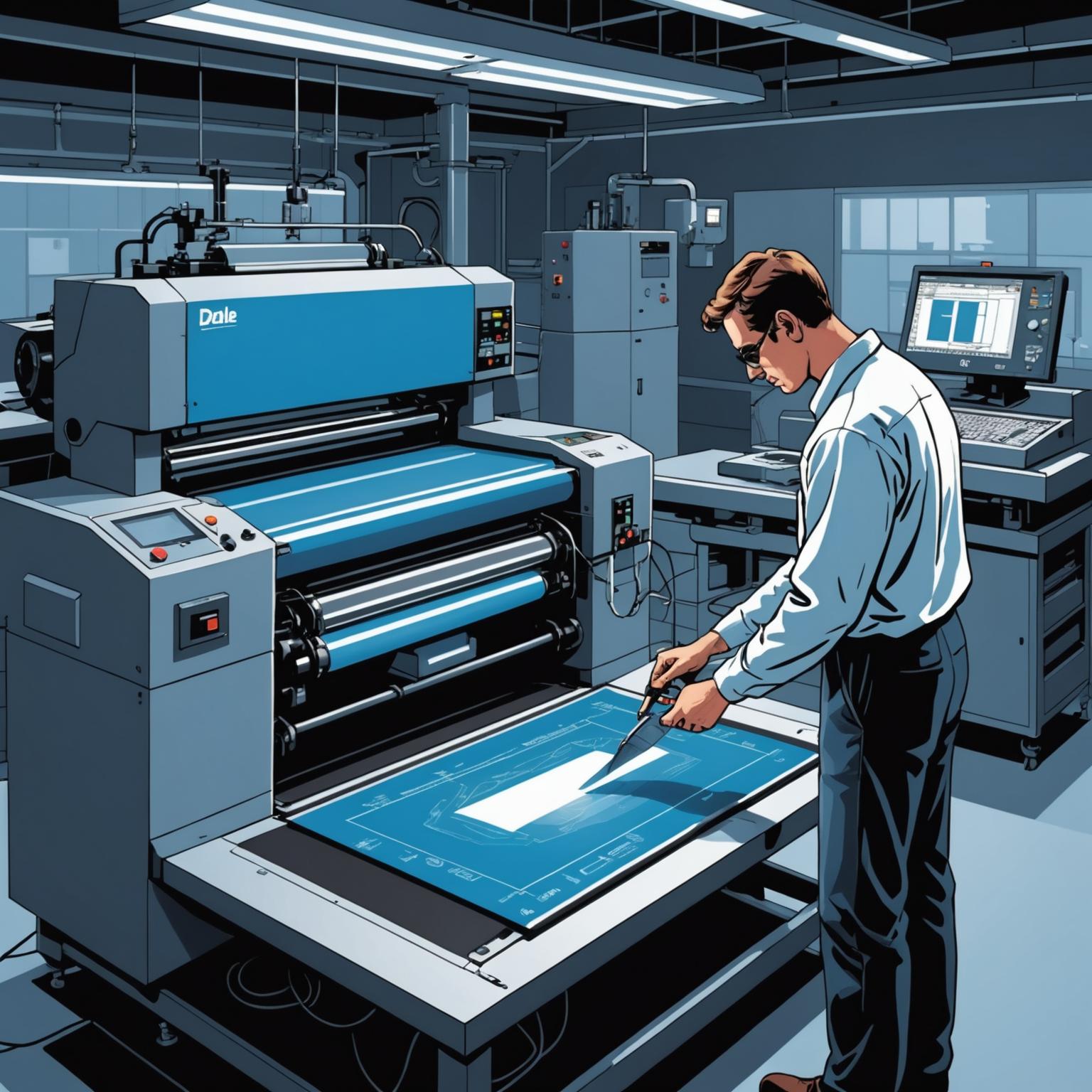
Introduction to Flexographic Printing Plates
The world of printing is vast and varied, with numerous technologies catering to different needs. One such enduring technology in the realm of flexography is the Analog Flexo Plate. Despite the rise of digital alternatives, these conventional plates continue to play a significant role in producing high-quality prints for a wide array of applications, particularly in packaging and label manufacturing. Understanding their characteristics and processes is key to appreciating their continued relevance in the modern printing landscape.
Understanding the Composition of Analog Plates
At its core, a conventional flexographic plate is a flexible relief plate, typically made from a photopolymer material. This material is sensitive to ultraviolet (UV) light, a property that is fundamental to how the image is formed on its surface. The plate starts as a flat sheet of unexposed photopolymer, which is then processed to create raised areas that will carry ink to the substrate and recessed areas that will remain ink-free. The flexibility allows this type of plate to be wrapped around a printing cylinder, making it suitable for printing on various surfaces, including plastics, films, paper, and corrugated board. The specific formulation of the photopolymer can vary, influencing factors like durometer (hardness), solvent resistance, and overall print performance.
The Analog Platemaking Process Explained
The creation of an Analog Flexo Plate involves a multi-step conventional process that has been refined over decades. It begins with a high-contrast film negative of the desired artwork. This film is placed directly onto the surface of the unexposed plate material. The plate, with the film negative on top, is then exposed to UV light. The areas of the photopolymer exposed to UV light through the clear parts of the film harden, or polymerize. Conversely, the areas shielded by the opaque parts of the film negative remain unhardened. Following exposure, the plate undergoes a washout process, where the unhardened photopolymer is dissolved and washed away using a specific solvent or, in some cases, water, depending on the plate type. This leaves behind the hardened, raised relief image. The plate is then dried to remove any remaining solvent or moisture and to stabilize its dimensions. Finally, a post-exposure and detacking step may be applied to ensure the plate is fully cured and has the correct surface properties for printing. This traditional workflow requires careful handling and precise control at each stage to achieve optimal results.
Key Advantages of Using Analog Flexo Plates
While digital platemaking offers certain advantages, traditional flexo plates still hold their ground. For printers with established analog workflows and equipment, an Analog Flexo Plate can be a cost-effective solution, especially for long print runs where the initial setup cost is amortized over a large volume. The technology is mature and well-understood, meaning there's a deep pool of experienced operators and readily available support. In some specific applications, particularly with certain ink types or substrates, these conventional plates might offer particular performance characteristics that are preferred. Furthermore, the upfront investment for traditional platemaking equipment can be lower compared to fully digital systems, making it a more accessible option for some businesses. The robustness and durability of a well-made analog printing plate also contribute to its suitability for demanding print jobs.
Limitations and Considerations for Analog Technology
Despite their benefits, these traditional plates come with certain limitations, especially when compared to their digital counterparts. The resolution and detail achievable with them are generally lower than what can be obtained with computer-to-plate (CTP) digital systems, primarily due to the use of film and the inherent nature of light scatter during UV exposure through a film intermediate. This can affect the reproduction of fine text, intricate patterns, and smooth vignettes. The process is also more time-consuming and labor-intensive, involving multiple manual steps, film processing, and chemical handling, which can raise environmental and safety concerns depending on the washout solvents used. Consistency can sometimes be a challenge, as variations in film quality, exposure, and washout can impact the final plate and, consequently, the print quality. These factors have contributed to the increasing adoption of digital flexo platemaking technologies in many sectors.
Common Applications in Printing and Packaging
Conventional flexo plates have a long history of successful application across a wide range of industries. They are extensively used in the packaging sector for printing on flexible packaging materials like plastic films, bags, and pouches, as well as on corrugated cardboard for boxes and displays. The label industry also relies heavily on flexography, and these plates are employed for producing self-adhesive labels, shrink sleeves, and wrap-around labels. Other applications include printing on envelopes, paper cups, wallpaper, and various specialty items. Their ability to print on non-porous substrates and their suitability for both solid color reproduction and process work have made them a versatile choice for many years, especially where high speeds and long runs are common and fine detail is not the primary concern.
The Continued Relevance of Analog Flexo in Modern Printing
In conclusion, even with rapid digital advancements, the Analog Flexo Plate remains a vital component in the flexographic printing industry. Traditional platemaking offers a proven, reliable, and often cost-effective method for producing high-quality prints, particularly for specific types of jobs and for companies with existing analog infrastructure. Its distinct manufacturing process, inherent advantages, and acknowledged limitations define its continuing niche. As the printing world evolves, the use of this conventional plate technology demonstrates how established techniques can adapt and coexist alongside newer innovations, continuing to serve critical functions in the production of many everyday printed goods we encounter.


